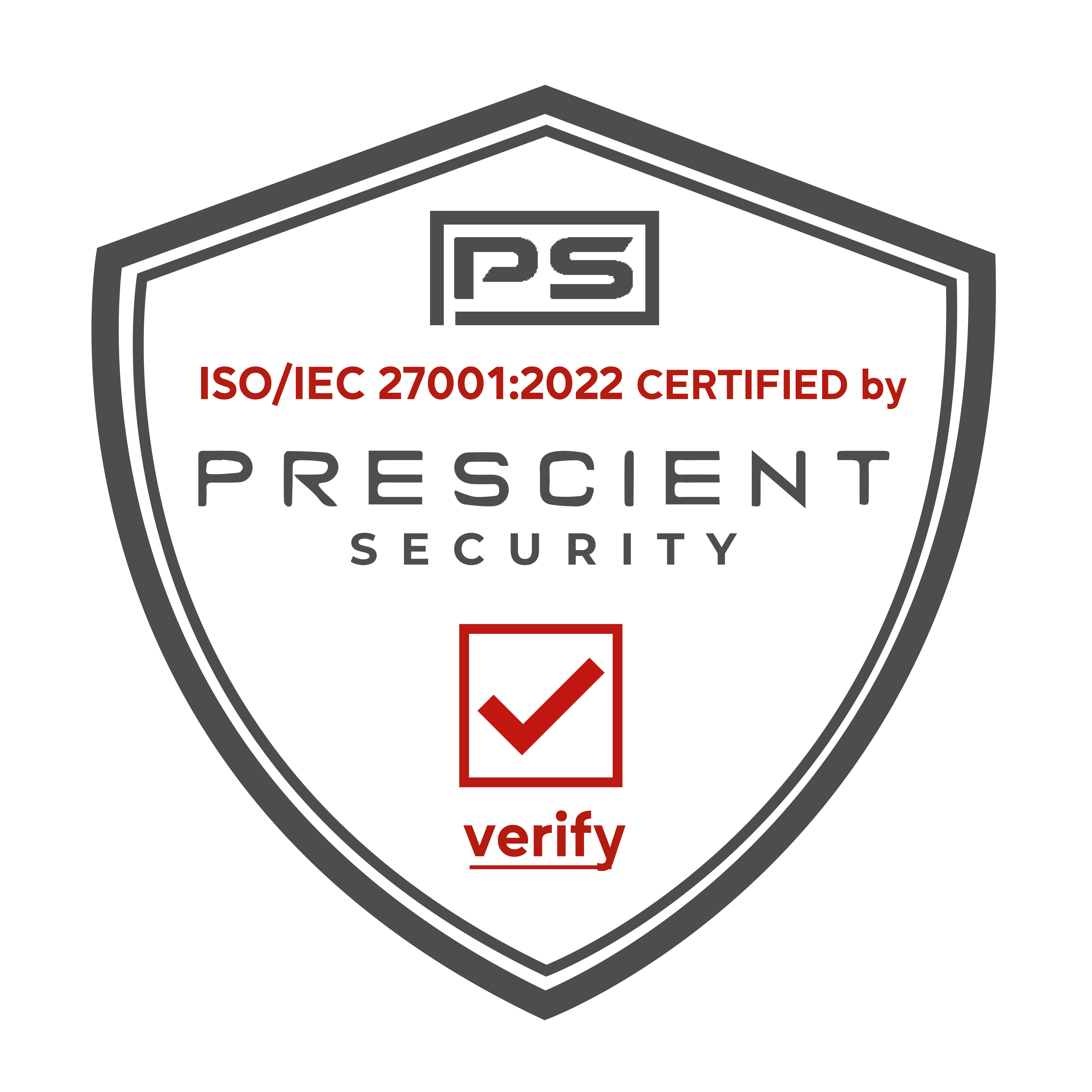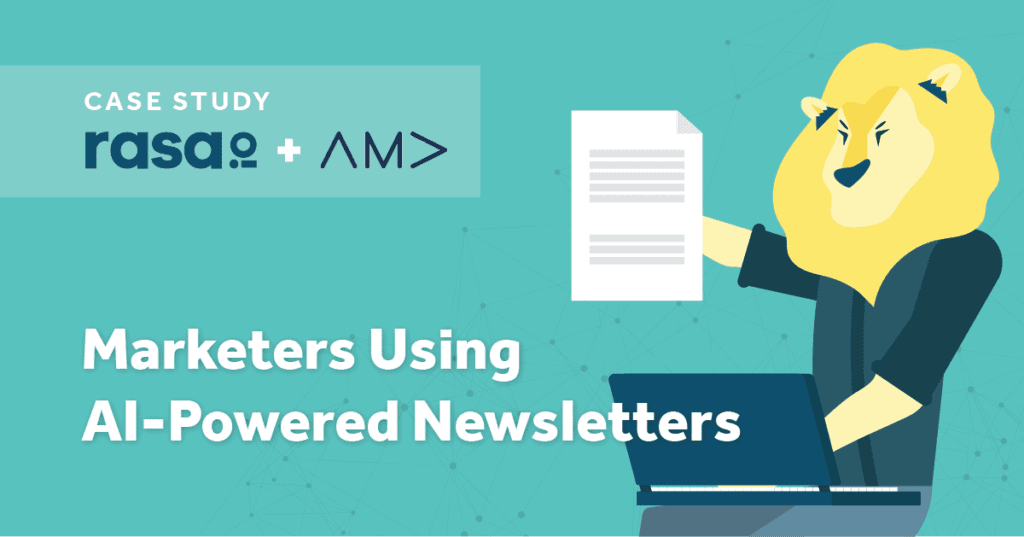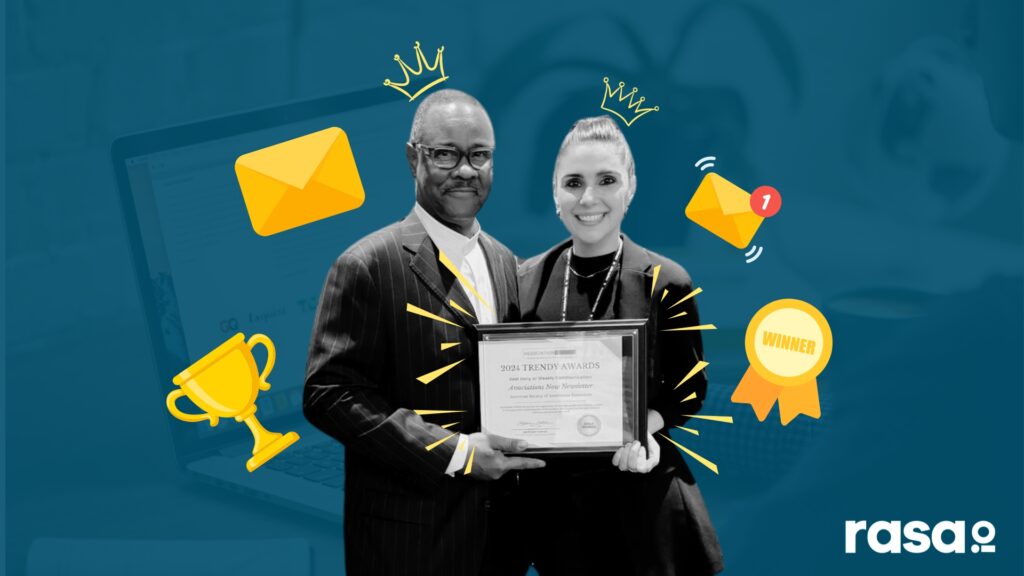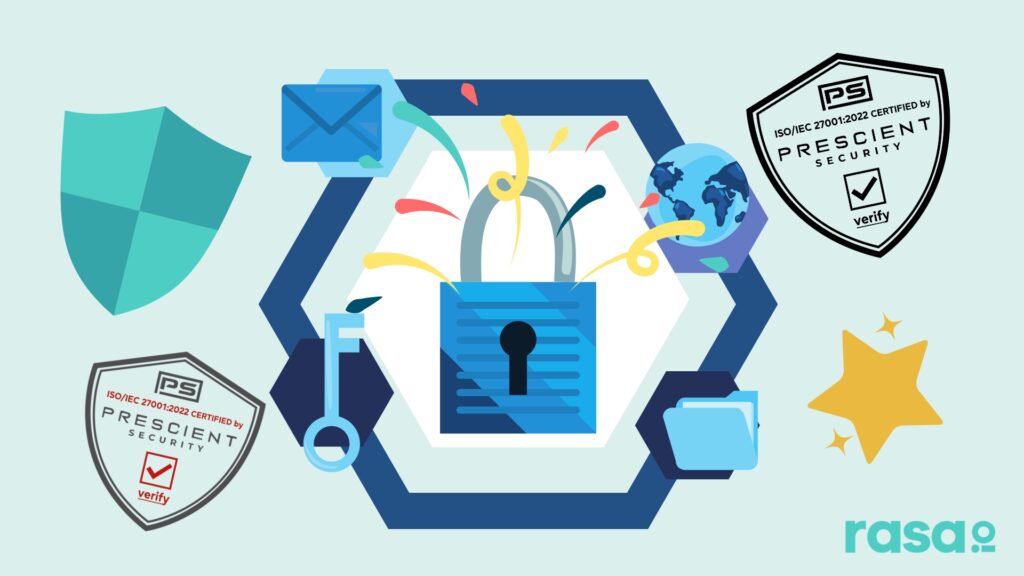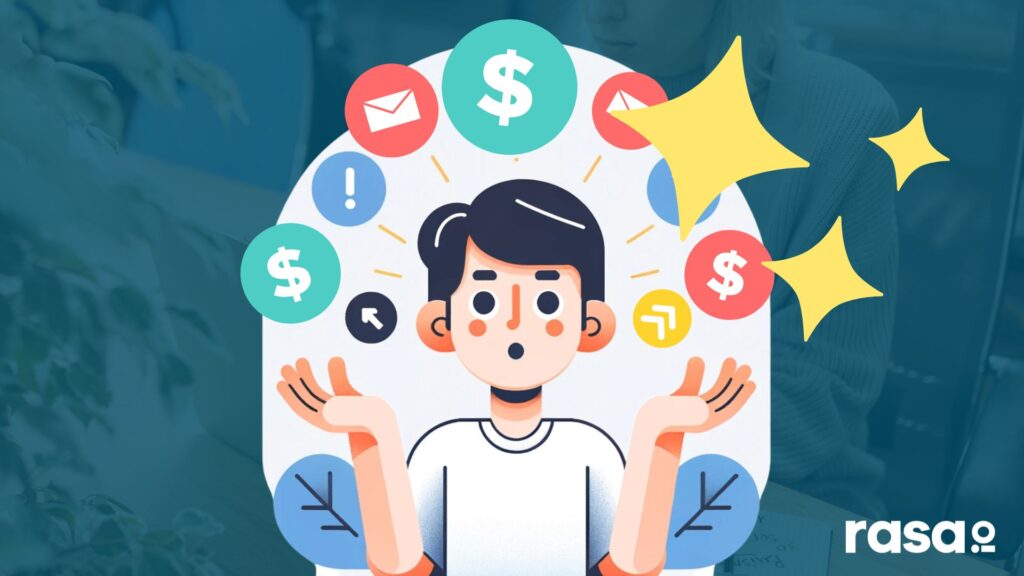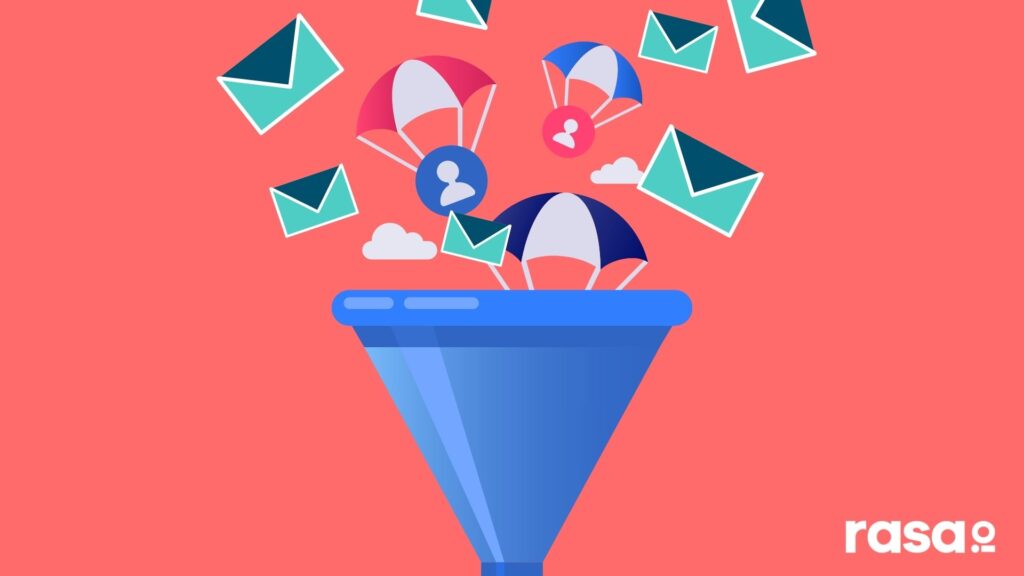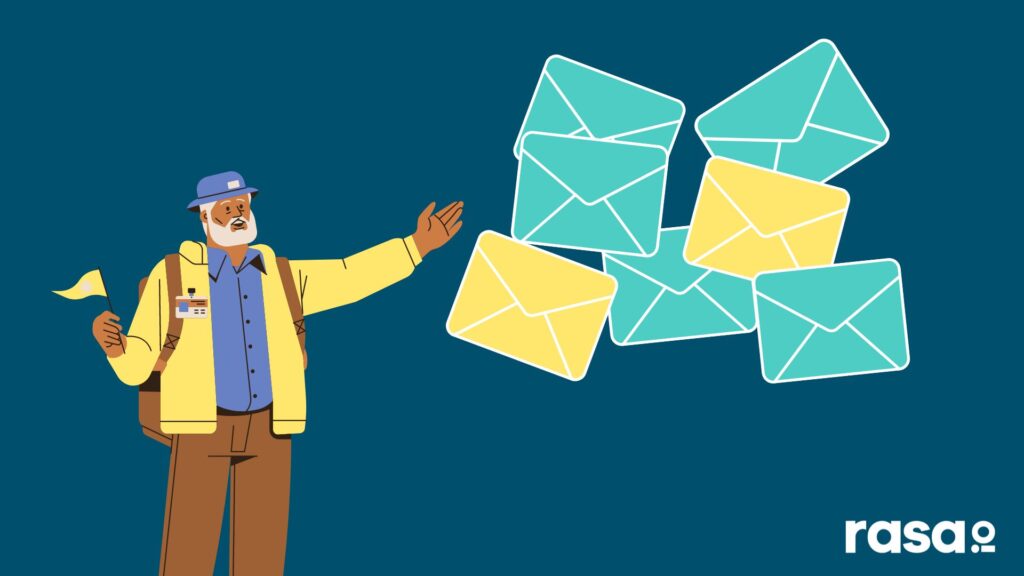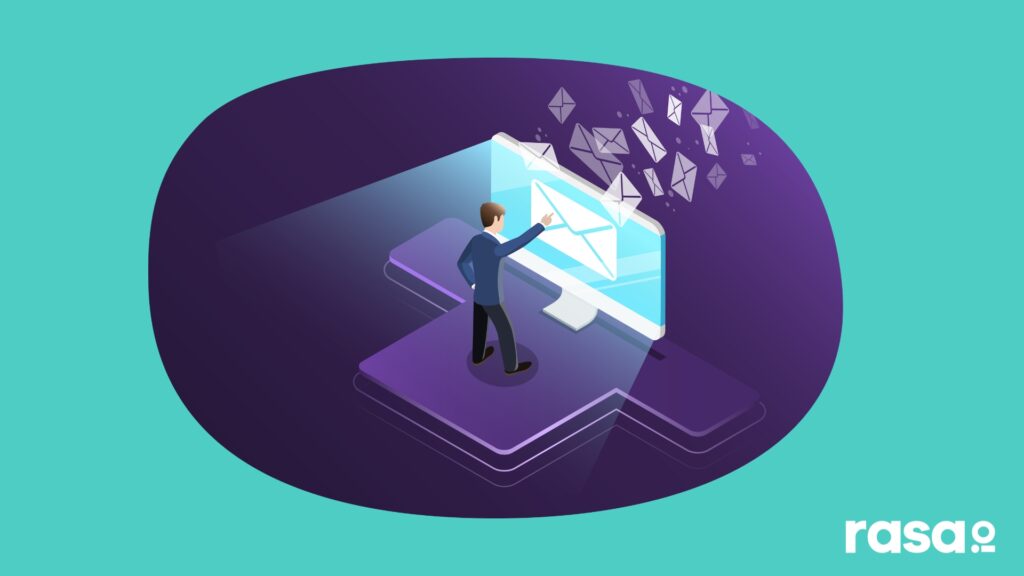John Spector
How one guy is teaching others to create and grow amazing email newsletters. His motivation? He’s obsessed with the power of an email newsletter.
Josh Spector is a digital marketing consultant and writer who’s obsessed with email newsletters and curating valuable ideas to share with others. He also runs the popular Newsletter Creators Facebook group featuring tips on how to grow an email newsletter along with the Newsletter Creators Course.
Key Points From This Episode:
- Josh’s passion for and natural inclination towards writing and newsletters.
- Connecting through email; reaching further than social media platforms!
- The central importance of email communications to Josh’s career.
- Networking and lead-generation — the array of options offered by a newsletter.
- Challenges in the process of building a large, subscribed following.
- Culminating different projects, blogs, and objectives into one newsletter.
- Josh’s creative and strategic approaches to his newsletter; blending two worlds.
- Building community around a shared interest and Josh’s Facebook Group ‘Newsletter Creators’.
- The places online that Josh started to look for the members of his tribe.
- The course that Josh is currently creating based on the lessons he has learned.
- Success stories from Josh’s network; small and big wins for the community he has built.
- The key components to an effective newsletter; audience awareness and value-proposition.
Tweetables:
“Writing is my preferred form in terms of content creation. I don’t really make videos. I don’t have my own podcast.” — @jspector [0:01:41]
“I am a big believer that you should do things and create things that you would want to consume.” — @jspector [0:02:19]
“Just about everybody has an email address!” — @jspector [0:03:10]
“It forms the backbone to my business and in some ways it is the ultimate resume.” — @jspector [0:06:17]
Links Mentioned in Today’s Episode:
Episode Transcript
Josh:
I do email newsletters as the strongest connection you can have to an audience. It’s the most consistent way to reach people because they’re not algorithm driven like social media platforms because it’s not someone who happened to randomly visit your site. They had to actually give you their email address and invite you into their inbox. And then the other thing I would say about email newsletters is I love them because there’s an intimacy to them. There’s something about being in people’s inboxes. It feels very one-to-one as opposed to one to many, especially if you use a newsletter in a way that encourages that. You use it in a two way format. So I’m a huge fan of them, always have been and continue to be.
Bryan:
From rasa.io the free tool for sending smarter and better email newsletters. This is pushing send a show featuring people who send emails their subscribers actually want to read. I’m Bryan Kelly. And on today’s show, how a former digital media director for the Academy of motion pictures built an email newsletter to 25,000 subscribers, then went on to help thousands of others build theirs too. Here’s Josh Spector telling me why he’s obsessed with email newsletters. Before we started recording, you told me you’re obsessed with email newsletters. Why ?
Josh:
so? Number one, I am definitely a writer. I studied journalism in college. My first blog was in 2000 maybe 1999 so writing is my preferred form in general in terms of content creation. So I prefer that. I don’t really make videos. I appear on podcasts, but I don’t have my own podcasts at this point. So part of the obsession comes from that, that it, it matches with sort of the way that I like to communicate. The other part of it is that again, it’s not the latest, greatest, newest thing. I think it has withstood the test of time. I love consuming newsletters. I subscribe to, I don’t even know how many, but a lot. So, and again, I think that also probably influences why I create one. I’m a big believer in that you should do things and create things that you would want to consume. A lot of times I think people are doing things for other reasons and they think, Oh, just be good for business, or it’s a marketing tactic or it’s whatever. But if you’re creating something that wouldn’t interest you or you’d want to consume yourself, I think that’s a recipe for it not to do very well. And obviously if it’s something that I would want to consume, that makes it a lot easier to sort of be quote unquote obsessed with it. The other thing is I just really believe that it’s the way to reach people as much as social media has grown and become huge. The reality is, yeah, tons of people use Facebook, but not everybody’s on Facebook. Just about everybody has an email address. Have you ever noticed how every social media platform constantly wants to email you and all their notifications are defaulted to send you emails all the time about everything that happens on their platform? And the reason is even the social platforms know the single best way to reach people is still through email. If Twitter or Facebook, were so sure that email was dead and their platforms were better. They wouldn’t be bothering to send you emails. They would just let you know on Facebook, but they know that email’s still the best way to get people’s attention.
Bryan:
How important has emailed been in both your career and in your business?
Josh:
It’s been hugely important. I’ve had multiple newsletters in one form or another for, I don’t even know how long, certainly over a decade. Currently I work as a consultant. I worked for myself helping people primarily with audience growth and social media, marketing business, that kind of thing, and to be honest, my newsletter in a lot of ways is the most important thing I do, even though it’s not really directly monetize, but I view a newsletter as an asset and I view it a lot like real estate that in most cases, not always, but certainly in most cases when you invest in real estate, that investment will grow in the value of that. Real estate will go up over time. One of the things that’s interesting about it is it also functions as a filter. So if someone reaches out about hiring me and they’ve been a subscriber to my newsletter for six months or a year or whatever, or even recently, and they’re like, Oh, I love your newsletter, I know there’s a very good chance that I’m going to like working with them and vice versa because they already know what I’m about and how I view the world and how I think about these things. so it really is, and again, and I don’t even use it specifically as a lead generation tool, although people certainly can. It’s an incredible tool for networking in general because by curating it, I now have 25,000 subscribers and so I’m sending a good amount of traffic to the people who stopped by feature in my newsletter. And that’s another version of it being an asset. And the bigger that audience gets, the more powerful and valuable that asset becomes from a sort of individual personal business. It helps me a ton.
Bryan:
Well, I’m sure not many people ask about the impact emails had in your life, but how would you sum it up in a sentence or two?
Josh:
It’s interesting because it is very clear to me that it is sort of the central hub of everything I do and yet it’s not directly monetized at all, but it sort of forms the backbone of my entire business. And in some ways it’s the ultimate resume.
Bryan:
You’ve taken this passion or obsession as you’ve called it and built a niche email list with 25,000 really engaged subscribers. I know that’s not easy. So what were some of the struggles you encountered along the way?
Josh:
Again, like I said before, for years I’ve had blogs and every time I’d have a blog, very early on I sort of saw the importance of an email list in some way. Even if I didn’t think of it as a newsletter, I was like, Oh, I should have an email list. So I can tell people when I have a new post out or whatever. And a lot of ways I wish I would have sort of it would have been cool to sort of have the same blog that I’ve had since then. But that is not at all what I did. I was constantly starting and stopping blogs. So different concepts, different just all over the place. Literally for years, probably five, six, seven years. Some would last for three weeks, some would last for a year maybe, but just very sort of all over the place. So I sat down and was like, okay, this just doesn’t make any sense anymore. And could I come up with a way to just have one newsletter collapse, all three of these into one thing, but come up with a format that was sort of flexible enough to sort of have all of the things that I was doing and interested in fit into one. So I came up with this format that was basically the initial version was actually 10 curated links, ideas to help you improve your artwork or life. So I was like, that’s pretty broad, but really all this stuff is about ways to improve and get better. And I called it for the interested and I collapsed the three lists and I told everybody, Hey, here’s what’s happening. We don’t include the sort of things that you like plus more. So it started with roughly 7,000 people that had been accumulated over multiple years from other newsletters and grew from there.
Bryan:
When we come back, how Josh views the creation of a high quality email newsletter as a blend of both art and business. Plus, Josh talks about the community he’s built around his newsletter obsession in order to connect other like-minded creators together, so stick around. I’m Brian Kelly and you’re listening to pushing send from rasa.io.
rasa.io:
creating email newsletters takes a lot of time. You might curate articles, write content, tweak your template and look up metrics and not to mention you’re probably doing all of this once a week. Well, at rasa.io we said enough and built a free tool to simplify the process which saves you time. It also uses AI to personalize emails for each subscriber based on their interests. That means they get stuff they like to read. Want to see how it works? Visit www.rasa.io and click how it works.
Bryan:
Welcome back to pushing send. I’m Bryan Kelly. Josh Spector loves email newsletters. He pours himself into every issue of his newsletter titled for the interested and it leaves him feeling like an artist feels after finishing a piece. But he also believes a great email is more than just art, that it should utilize business principles to make sure it reaches the right audience in the right way. Here’s Josh sharing more about this belief with me. Are you driven by the creative aspect of putting together a newsletter?
Josh:
I’ve always felt like someone who sort of had like one foot in the art world, one fit in the business realm. I think your assessment is right and it’s funny cause a lot of times I’ll look at an issue when I finish it before I send it and I’ll sort of review it and it does feel like a piece of art. Like I feel about it the way I imagined a painter would when they finish a painting. And yet on the flip side I’m very aware of marketing tactics and business and I understand sort of what I’m doing and I’m using those things to promote my quote unquote art. Which again is you think about sort of the purpose of my newsletter, that line of like I’m going to help you produce, promote and profit. That is an absolute blend of art and business and I think that sort of nexus of those two things is really a crux of what my newsletter is and in a lot of ways again extends into sort of my work in general. I like working with artists in part because I am an artist to a certain extent. If you’re creating a newsletter and your theory is I’m just solely going to create a great newsletter and the rest will magically take care of itself, that’s not going to happen. Like you have to create a good product. That’s a baseline. It’s not, you’re not going to market your way to success if you have a crappy newsletter, but you can’t just create a good piece of art or a good product and then think that it’s just going to take off cause it’s not. You really have to straddle that line and figure out both. And that’s a core belief I have. That goes into not only what I do, but certainly how I help other people and the ideas and stuff that I share.
Bryan:
Speaking of sharing, I know you lead a pretty awesome group on Facebook called newsletter creators. What’s that all about and how did it get started?
Josh:
I’m a Big believer in trying to put myself or suggesting other people, put yourself in the center of a community or the middle of a thing where people have shared interests. Seth Godin has a fantastic book that he published a few years ago called tribes that is all about sort of this idea and a core sort of principle of the book is that what most people do when they want to grow an audience for something is they sort of say, Hey, everybody over here follow me. That kind of thing. And his point is that the audience is already out there. They’re just looking for some points to connect them and there’s a line he uses that. I love that he says like the Beatles didn’t invent teenagers. They just offered to lead them.
Bryan:
That’s great. So you’re looking for your tribe based on Seth Godins advice would tell me how you set out to find and bring them together.
Josh:
Again, sort of going back to being obsessed about newsletters was I love newsletters. I saw a lot of people who like newsletters who made newsletters. It seemed to be a sort of growing space. I see a lot of parallels with podcasting in that way, but I looked around and was kind of like, well I think there’s all these people that are doing this and have similar interests and challenges and all this stuff, but like where are they gathering
Bryan:
Possible Spoiler alert here, I’m going to guess that you found some folks on Facebook to connect with. Is that right?
Josh:
Oh, there were one or two Facebook groups, but like I just sort of struck me and you know, there’s a really good Facebook group called newsletter nerds also, I think it’s newsletter nerds, but that one felt very much like people who were running newsletters for like big media companies. And I was like, well, you know, I think there’s a ton of these sort of individual creators and I’m just going to create a spot and a place for them to gather. So I set up the Facebook group with really no master plan beyond that, other than an acknowledgement and understanding, this goes back to audience as asset that hypothetically, if there was a place for all these people to get together and I was sort of at the center of it in some ways that could be valuable in all sorts of ways. Even just from a networking point of view, right? Like it would be valuable for me to have relationships with lots of people that have newsletters.
Bryan:
I think that’s pretty smart. So what happened next?
Josh:
So I started the group and it took off. I mean, we’re now over, I think over 1600 people in the group from all different newsletters. The guys from hustler in there, both big down to people that are, haven’t even published their first issue and are trying to figure out how to do that.
Bryan:
Now the tribe is built and you’ve created a community for people, learn and share what came after that?
Josh:
It is a fantastic and amazing group and as what happens with all this stuff, while I’m active in there and I quote unquote run it, it’s not about me. I mean it is just become a community where everybody’s helping each other and it’s really pretty amazing. And so then somewhere along the line about almost a year ago, I would be giving a lot of advice and helping people with tips on how to grow their newsletter. And it was like, okay, well maybe there’s an opportunity here to sort of take all the stuff that I’ve learned and put it into a course. And that’s where I created the newsletter accelerator course. And so that’s kind of how it came to be.
Bryan:
With that many people coming together in this particular way through the Facebook group, are there any success stories, bigger, small, that stand out in your mind?
Josh:
What’s interesting to me is success means different things to different people at different stages, right? So there’s the success of the person who has been in the group sort of lurking and wanting to do a newsletter and maybe they didn’t quite have the courage or they didn’t know how to do it or whatever, and then they published their first issue and it’s like that’s a huge success, right? Then there’s the person who’s been doing it for a while and trying to figure out how to monetize it and there. So people are very different stages, but then there’s also the small successes of two people meet in the group and cross promote each other’s newsletter if not for the group. They don’t even know each other existed and now they both plug each other’s newsletters and send each other some new subscribers because they have a similar topic and like that doesn’t change the world. But that’s a cool success.
Bryan:
Are there things being shared in the group or taught in the course? Focusing on universal principles for publishing a really good email newsletter?
Josh:
I think there’s a few sort of key components to creating a newsletter that is going to be successful in work. So number one is you have to be really clear about who the audience is you’re trying to reach and just as importantly, what is the value that you’re offering them? What is your value proposition? People tend to talk about features instead of benefits and value. For example, they might go, I have a newsletter on soccer, and their description of it is subscribe and you’ll get five soccer articles a day that you should read, or whatever. The value you’re providing is not just that you share five soccer articles. It might be that you’re saving people time. It might be that you’re finding articles that they haven’t seen anywhere else. It might be that those articles are geared towards people who want to become better soccer players or there’s a million different angles of it, but I think figuring the value proposition is and how to describe it and explain it is hugely important because I think if you don’t get that right, it’s everything else probably is not going to work.
Josh:
And a side note on value like I tend to think of value very much as being about transformation. So the real question is the people you’re trying to reach are at point a and they want to get to point B. The value is that bridge that gets them from point a to point B. If a newsletter creator or publisher doesn’t know what point a is, doesn’t know, the people that are trying to reach doesn’t know what point B is, which is the transformation that they’re trying to get them to and doesn’t message how their newsletter helps people do that. Those key components need to be right. Otherwise you’re going to fight a very uphill battle. As you can imagine, like that is very universal.
Bryan:
Josh underscores a critical point regarding the value of an email newsletter. Potential subscribers need to understand how your newsletter can help them move from point a to point B. And if you can’t clearly articulate it to people or you don’t understand that yourself, you’re ultimately publishing something no one’s going to care about coming up. On our next episode, we’ll hear from Lianna Patch a highly sought after copywriter who uses humor to both engage and convert email subscribers. Lianna, share some interesting ideas rooted in the psychology of humor. It can help infuse our emails with content subscribers will keep coming back for time. And again, you won’t want to miss Lianna’s story. So if you’re listening to Pushing Send for the first time, be sure to subscribe at Apple podcasts or wherever you’re listening so you don’t miss an episode. And if you’ve enjoyed what you’ve heard, I’d encourage you to check out a few of our other episodes while you’re here. Lastly, leaving a review will help us share these stories with others like you. Thanks in advance for doing that. I’m Bryan Kelly, and you’ve been listening to Pushing Send from rasa.io.







